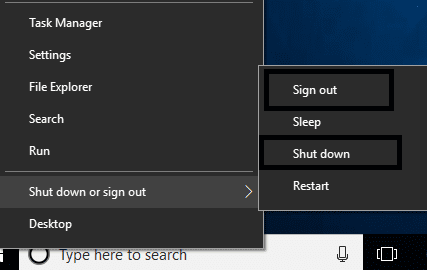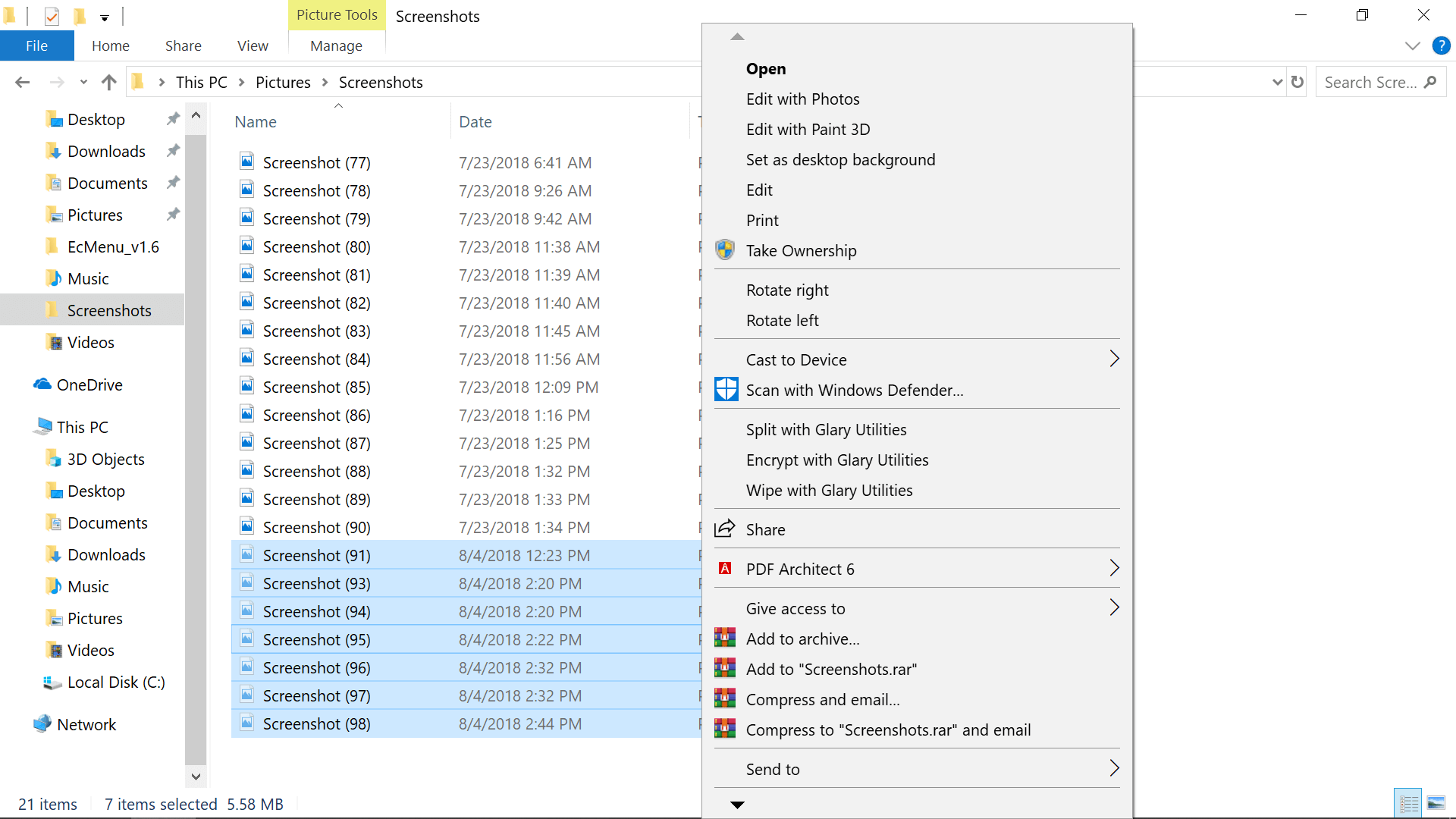

Adding 'Open command window here' to the background context menu 16, make sure to rename the DWORD from from ShowBasedOnVelocityId to HideBasedOnVelocityId, and press Enter. Once you complete these steps, using the Shift + Right-click combo on a folder will display the "Open command window here" option.Īt any time, you can revert the changes following the same instructions, but on step No.
Inside the cmd (folder) key, right-click the HideBasedOnVelocityId DWORD, and click Rename.Ĭhange the DWORD name from HideBasedOnVelocityId to ShowBasedOnVelocityId, and press Enter. 
Under "Permissions for Administrators," select Allow for the Full Control option.
On "Permissions," select the Administrators group. Type your account name in the provided field, click Check Names to verify you're typing the account name correctly, and click OK.Ĭheck the Replace owner on subcontainers and objects option. On "Advanced Security Settings," click the Change link next to "Owner." Right-click the cmd (folder) key, and click Permissions. Type regedit, and click OK to open the Registry. Use the Windows key + R keyboard shortcut to open the Run command. We recommend making a full backup of your PC before proceeding. Warning: This is a friendly reminder that editing the registry is risky, and it can cause irreversible damage to your installation if you don't do it correctly. In order to re-incorporate the option to launch Command Prompt on the extended context menu, you'll need to modify the Registry using the following steps: Adding 'Open command window here' to the folder context menu First, you need to bring back the option when you open the menu when right-clicking a folder, and second, using similar steps, you need to return the option when right-clicking the background of a folder. Select the Start menu and search on regedit.How to add 'Open command window here' to the context menuĪdding the "Open command window here" to the extended-folder context menu is a two-step process. 
You’ll need administrator’s rights to do this. Always make a backup of the registry before making any changes. If you’re not comfortable working in the registry, don’t do this. If none of the above worked, it may be time to get into the Windows Registry. Edit The Registry to Fix Slow Right Click Windows theme or skin apps can also be a problem. Some popular apps are StarDock Fences, Start8, and WindowBlinds. If you have any apps like these, try uninstalling them. They could affect Windows Shell items, like the context menu. The potential problem comes from these apps interacting with Windows on a deep level. These apps are usually great and can be very helpful. There are several apps that allow you to make Windows look and feel the way you want. Here are some other context menu editors to try if ShellExView isn’t for you: Restart the computer and test the right-click menu.







 0 kommentar(er)
0 kommentar(er)
